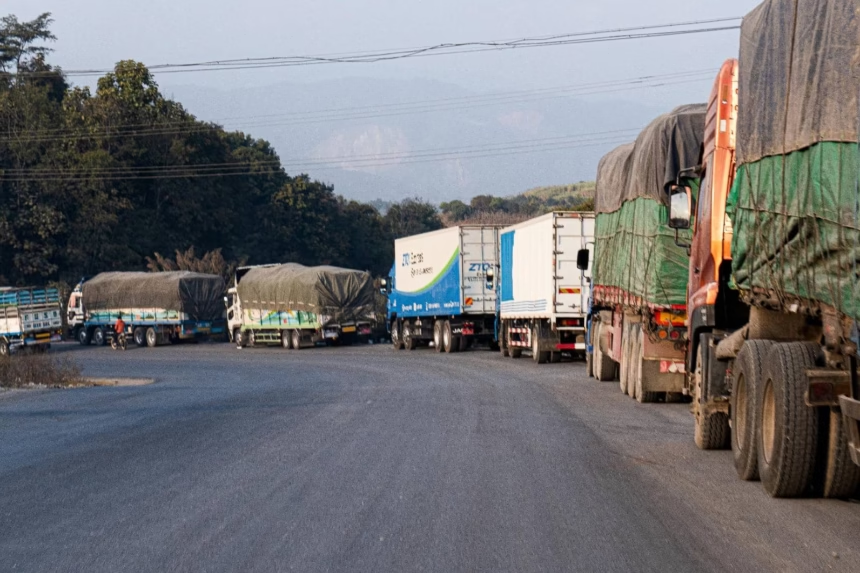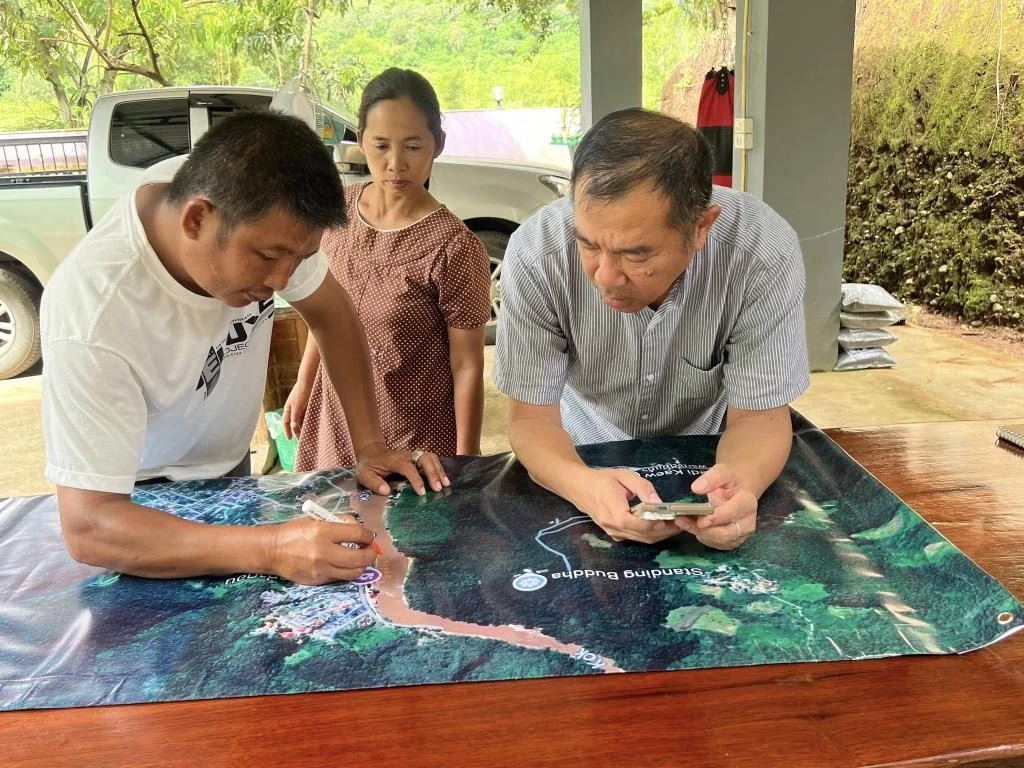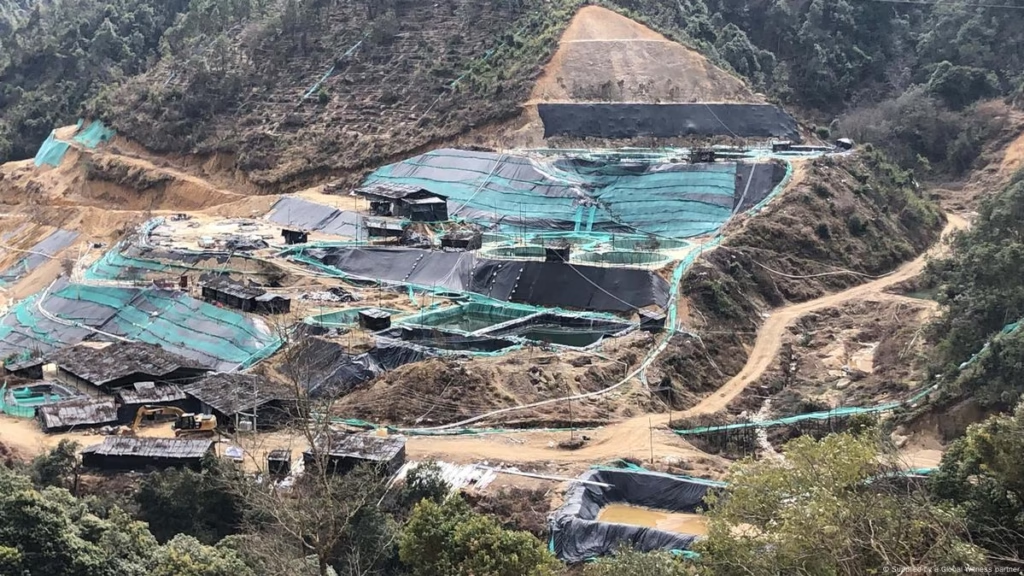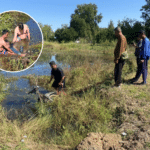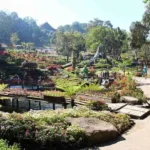CHIANG RAI – Amid growing concern over cross-border mining pollution from Myanmar and reports of contamination in the Kok, Sai, Ruak and Mekong rivers, imports of mineral ores from Myanmar into northern Thailand have soared. This comes despite claims from Myanmar authorities that they have not approved mineral ore exports or authorized mining in parts of Shan State.
According to the Regional Customs Office, more than 40 private importers operated in 2025. Imports of manganese ore and related minerals from Myanmar through four northern customs checkpoints, Chiang Rai, Chiang Mai, Mae Hong Son and Tak, reached 9,825.92 million baht. That is an increase of 7,714.31 million baht compared with roughly just over 2,000 million baht in 2024.
By location, Chiang Rai’s crossings reported:
- Mae Sai, manganese ore worth 1.54 million baht, and lead ore worth 41.36 million baht.
- Chiang Saen, antimony ore worth 138.20 million baht, and ferro-manganese and silico-manganese worth 59.25 million baht.
- Chiang Khong, ore worth 8.21 million baht. Total imports via Chiang Rai reached 248.56 million baht, higher than the previous year by 8.21 million baht.
Other checkpoints recorded:
- Mae Hong Son and Mae Sariang in Mae Hong Son province, imports of tin, antimony and other ores worth 21.53 million baht.
- Mae Sot in Tak province, gold ore worth 0.97 million baht, tin ore worth 29.07 million baht, antimony ore worth 3,327.36 million baht, and unwrought antimony metal worth 6,555.82 million baht.
Dr Suebsakul Kijjanukorn, from a civil society network advocating for the Kok, Sai, Ruak and Mekong rivers, told the Manager Online that the figures raise urgent questions. He called for Thai authorities to verify the source of the ores and assess whether the mines in Myanmar are polluting waterways that flow into Thailand. He added that importers must disclose the origin of the minerals, and Myanmar authorities should provide the same. If the origin cannot be proven, Thailand should suspend imports until it is confirmed that the materials come from sites that do not harm these river systems.
He noted a recent exchange between Thai and Myanmar representatives, which reportedly concluded that Myanmar’s central government has not approved mining in Shan State.
Past reports have documented multiple mines in Shan State. District officials in Mae Sai reported in 2024 that four mines lie upstream of the Sai River. Two manganese and gold operations sit near Ban Mae Jok and Ban Na Yao in Mong Hsat, with two more mining manganese and zinc near Ban Nam Phung Mai and Nam Phu Ron Mai in Mong Hsat. All are close to the Sai River or its tributaries.
The Shan Human Rights Foundation has also cited satellite imagery showing two rare earth mines between Mong Yawn and Mong Hsat, about 25 kilometres from the Thai border at Mae Ai in Chiang Mai. One site is 3.6 kilometres from the Kok River, and the second sits across the river at a distance of 2.6 kilometres.
In Special Region 4 on the Myanmar-China frontier, controlled by the National Democratic Alliance Army (NDAA), 16 rare earth sites have been identified in and east of local towns, roughly 40 kilometres from the Mekong.
Wastewater has reportedly been discharged into the river at Sop Loi on the Myanmar, Thailand and Lao PDR border, about 125 kilometres from the Golden Triangle in Chiang Saen, Chiang Rai. Other mines, including manganese operations, are located along nearby rivers.
Rare earth mining has also been documented in Wa Special Region 2 at Mong Pawk, with 26 sites spread across hills 3 to 4 kilometres south of the town. Operations there reportedly use the Pai stream in mining activities.




